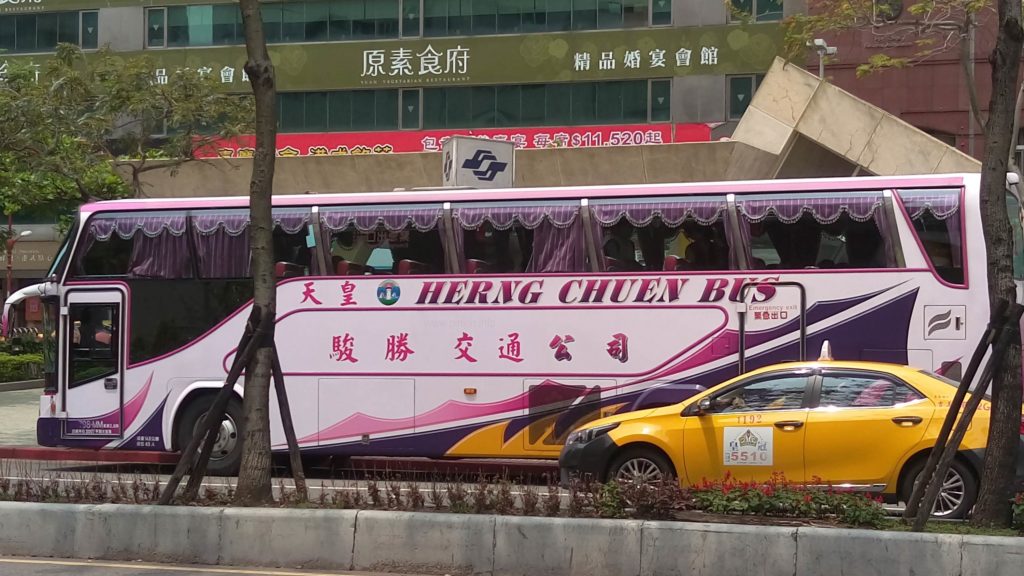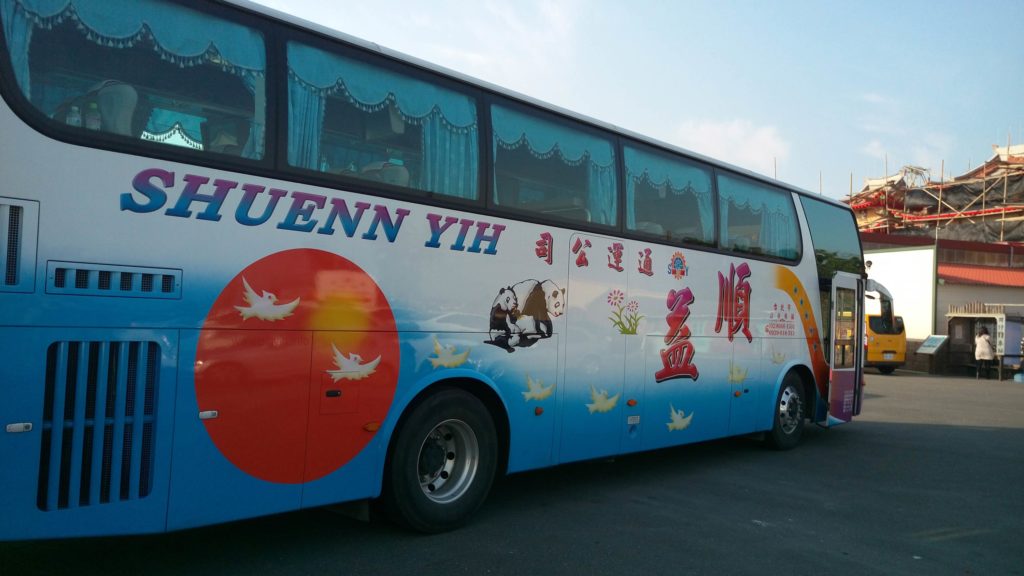Some names have waxed and waned in popularity in Taiwan over the past century or so. This post gives tables of the top-three names for each decade (as calculated by the ROC calendar).
In this post, I give only Mandarin forms of names — out of familiarity, not preference. An exacting writer seeking character names might do well to investigate how such names might be pronounced in Taiwanese, Hakka, or even yet another Sinitic language other than Mandarin, depending on the who, when, and where.
Note: Although the normal style for names in Hanyu Pinyin is to write given names solid, without a space or hyphen, I have used hyphens in this post to preserve the style of writing names that has been standard in Taiwan for many decades. I am including the spelling in Wade-Giles, even though I don’t recommend using that system, because that is what is commonly seen in Taiwan — albeit without apostrophes or umlauts.
Most popular Taiwan boys names, by ROC decade of birth
| Birth Year |
Chinese Characters |
Pinyin | Wade-Giles |
|---|---|---|---|
| 1912–1920 | 明、金水、健 |
Míng, Jīn-shuǐ, Jiàn |
Ming, Chin-shui, Chien |
| 1921–1930 | 金龍、金水、金生 |
Jīn-lóng, Jīn-shuǐ, Jīn-shēng |
Chin-lung, Chin-shui, Chin-sheng |
| 1931–1940 | 正雄、文雄、武雄 |
Zhèng-xióng, Wén-xióng, Wǔ-xióng |
Cheng-hsiung, Wen-hsiung, Wu-hsiung |
| 1941–1950 | 正雄、武雄、文雄 |
Zhèng-xióng, Wǔ-xióng, Wén-xióng |
Cheng-hsiung, Wu-hsiung, Wen-hsiung |
| 1951–1960 | 金龍、進財、榮華 |
Jīn-lóng, Jìn-cái, Róng-huá |
Chin-lung, Chin-ts’ai, Jung-hua |
| 1961–1970 | 志明、志成、文雄 |
Zhì-míng, Zhì-chéng, Wén-xióng |
Chih-ming, Chih-ch’eng, Wen-hsiung |
| 1971–1980 | 志偉、志明、建宏 |
Zhì-wěi, Zhì-míng, Jiàn-hóng |
Chih-wei, Chih-ming, Chien-hung |
| 1981–1990 | 家豪、志豪、志偉 |
Jiā-háo, Zhì-háo, Zhì-wěi |
Chia-hao, Chih-hao, Chih-wei |
| 1991–2000 | 家豪、冠宇、冠廷 |
Jiā-háo, Guàn-yǔ, Guàn-tíng |
Chia-hao, Kuan-yü, Kuan-t’ing |
| 2001–2010 | 承恩、承翰、冠廷 |
Chéng-ēn, Chéng-hàn, Guàn-tíng |
Ch’eng-en, Ch’eng-han, Kuan-t’ing |
| 2011–2018* | 承恩、宥廷、品睿 |
Chéng-ēn, Yòu-tíng, Pǐn-ruì |
Ch’eng-en, Yu-t’ing, P’in-jui |
Most popular Taiwan girls names, by ROC decade of birth
| Birth Year |
Chinese Characters |
Pinyin | Wade-Giles |
|---|---|---|---|
| 1912–1920 | 秀英、英、玉 |
Xiù-yīng, Yīng, Yù |
Hsiu-ying, Ying, Yü |
| 1921–1930 | 秀英、玉蘭、玉英 |
Xiù-yīng, Yù-lán, Yù-yīng |
Hsiu-ying, Yü-lan, Yü-ying |
| 1931–1940 | 秀英、玉蘭、玉英 |
Xiù-yīng, Yù-lán, Yù-yīng |
Hsiu-ying, Yü-lan, Yü-ying |
| 1941–1950 | 秀英、秀琴、美玉 |
Xiù-yīng, Xiù-qín, Měi-yù |
Hsiu-ying, Hsiu-ch’in, Mei-yü |
| 1951–1960 | 麗華、秀琴、秀美 |
Lì-huá, Xiù-qín, Xiù-měi |
Li-hua, Hsiu-ch’in, Hsiu-mei |
| 1961–1970 | 淑芬、美玲、淑惠 |
Shū-fēn, Měi-líng, Shū-huì |
Shu-fen, Mei-ling, Shu-hui |
| 1971–1980 | 淑芬、雅惠、淑娟 |
Shū-fēn, Yǎ-huì, Shū-juān |
Shu-fen, Ya-hui, Shu-chüan |
| 1981–1990 | 雅婷、怡君、雅雯 |
Yǎ-tíng, Yí-jūn, Yǎ-wén |
Ya-t’ing, I-chün, Ya-wen |
| 1991–2000 | 雅婷、怡君、怡婷 |
Yǎ-tíng, Yí-jūn, Yí-tíng |
Ya-t’ing, I-chün, I-t’ing |
| 2001–2010 | 宜蓁、欣妤、詩涵 |
Yí-zhēn, Xīn-yú, Shī-hán |
I-chen, Hsin-yü, Shih-han |
| 2011–2018* | 詠晴、子晴、品妍 |
Yǒng-qíng, Zǐ-qíng, Pǐn-yán |
Yung-ch’ing, Tzu-ch’ing, P’in-yen |
*: The counting of names continued until June 2018. I’ll give newer figures once I have them.
Source: Quánguó xìngmíng tǒngjì fēnxi (全國姓名統計分析). Department of Household Registration, Ministry of the Interior, Taiwan, 2018, p. 59.












